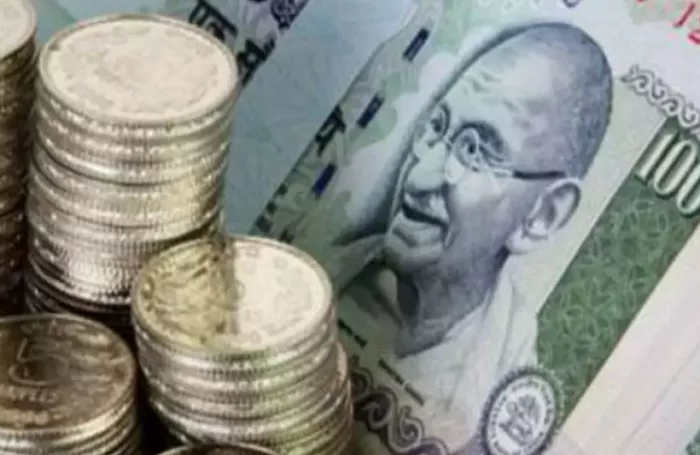In the latest foreign exchange market developments, data from FXStreet indicates that Indian Rupee (INR) cross rates opened on a downward note on Friday. The Euro (EUR) to Indian Rupee exchange rate is currently at 92.33, reflecting a dip from the previous close of 92.52. This movement signals a bearish sentiment in the EUR/INR pair at the start of the European trading session.
Simultaneously, during the early hours of European trading, the Pound Sterling (GBP) is trading at 110.80 against the INR. This represents a loss of ground compared to the previous close of 110.94 for the GBP/INR pair.
Key Economic Factors Influencing the INR
The performance of the Indian Rupee is intricately linked to several economic factors.
Oil Price Sensitivity
India, being a significant importer of oil and gasoline, is vulnerable to fluctuations in global oil prices. Since oil is predominantly traded in US Dollars (USD) on international markets, an increase in oil prices leads to a surge in the aggregate demand for USD. As a result, Indian importers are compelled to sell more Rupees to meet this demand, which exerts a depreciatory pressure on the Rupee.
Inflation and Interest Rate Dynamics
Inflation also plays a complex role in determining the value of the Rupee. In essence, inflation implies an expansion of the money supply, which generally erodes the overall value of the Rupee. However, if inflation exceeds the Reserve Bank of India’s (RBI) target of 4%, the RBI is likely to raise interest rates. This measure aims to curtail inflation by reducing credit availability. Higher interest rates, especially real rates (the differential between interest rates and inflation), tend to strengthen the Rupee. They make India a more attractive destination for international investors seeking to park their funds. Conversely, a decline in inflation can also be supportive of the Rupee, while lower interest rates may have a depreciatory impact.
Trade Deficit and Market Volatility
Historically, India has often run a trade deficit, signifying that its imports outweigh its exports. Given that the majority of international trade is conducted in US Dollars, there are instances, such as during periods of seasonal demand or order gluts, when the high volume of imports leads to a substantial demand for US Dollars. During these times, the Rupee can weaken as it is sold in large quantities to meet the dollar demand. Additionally, when financial markets experience heightened volatility, the demand for US Dollars typically spikes, which has a similarly negative impact on the Rupee.
Data Source and Market Advice
It is important to note that the rates for Indian Rupee crosses mentioned in this report are sourced from the FXStreet data feed for Contracts for Differences (CFDs). Traders and investors should closely monitor these rates and the underlying economic factors to make informed decisions in the dynamic foreign exchange market.
Related Topics:
US Imposes Sweeping 26% Tariff on Indian Goods, Sending USD/INR to Multi-Month Highs
USD/INR on the Upswing as Trump’s ‘Liberation Day’ Approaches
USD/INR Gains Ground Amid Global Trade Jitters; US PMI Data in the Spotlight


